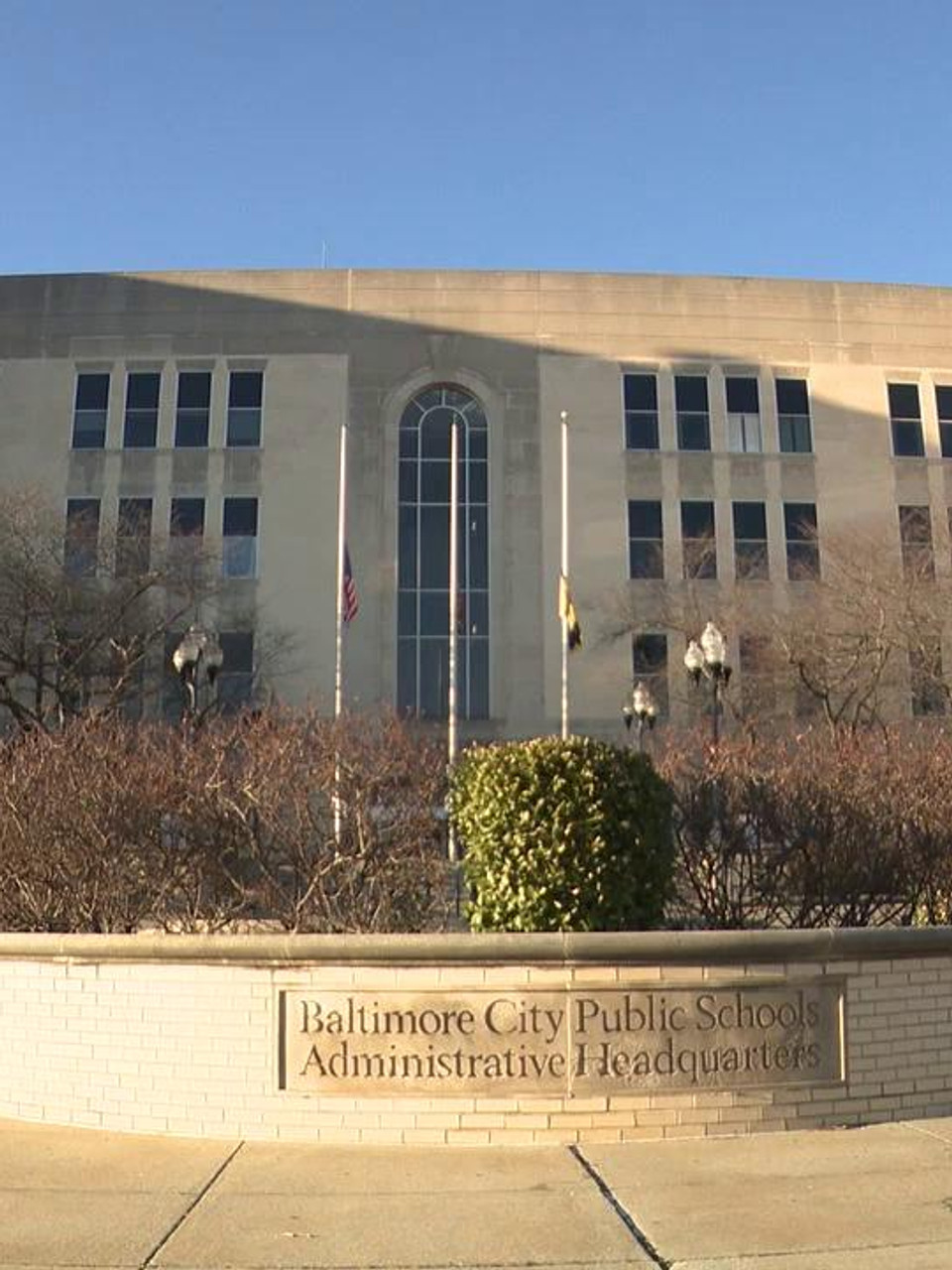
Baltimore City Schools graduation rate drops to six-year low
Originally published in FOX45 News
BALTIMORE (WBFF) - The success of any school, and its students, is often measured by graduation rates. If that is the case, Baltimore City Public Schools is going in the wrong direction. Data just released shows, for the second year in a row, graduation rates in City Schools have dropped and the number of students graduating is at a six-year low.
Dr. Sonja Santelises is Maryland’s highest-paid school superintendent. In 2020, she earned $339,000. That same year, City Schools’ graduation rate, for the first time in six years, dropped below 70 percent.
In 2016, when Santelises was hired, Baltimore City’s graduation rate was 70.6 percent. Two years later, it increased to 72.1%. But then it began to fall. By 2019, City Schools’ graduation rate was lower than when Dr. Santelieses was hired. In 2020, if fell again to 69.9 percent.
Meanwhile, surrounding school systems slightly improved. Baltimore County, Howard County and Anne Arundel County all saw their graduation rates tick up in 2020.
Baltimore City Schools declined an interview but released this statement: "City Schools’ 2020 four-year graduation rate of 70 percent (rounded) is nearly identical to the 2019 rate of 70.3 percent. The 2020 graduation rate is also in line with the district’s overall rate since 2016. Proper context is required to understand trends in City Schools’ four-year graduation rate between 2018 and 2020. The onset of the COVID-19 pandemic significantly impacted the Class of 2020. Student engagement declined, which resulted in some students' inability to complete course requirements, despite schools' attempts to reach and engage students who were experiencing challenges. Economically disadvantaged students represented about 39 percent of the Class of 2020 and were particularly impacted; the cohort experienced a 2.5 point decrease in the graduation rate from 2019 to 2020. The 2018 four-year graduation rate was positively impacted by the state's decision to use participation in the PARCC assessment as the graduation requirement for this cohort. In subsequent years, students were required to pass the assessments or complete Bridge projects. As these requirements were phased in, City Schools' four-year graduation rate returned to its more established level. To increase graduation rates, Baltimore City Public Schools continues to implement its Blueprint for Success. City Schools also is implementing a 9th-Grade Initiative to help students get and stay on track to graduate in four years. The district will also be implementing student plans in grades 6-12 to ensure that their secondary path aligns with their passions."
Project Baltimore spoke with Marta Mossburg, a former visiting fellow at the Maryland Public Policy Institute and education columnist.
“That's what's so horrible about these rates for the community, because it's not a number. It's not a data point. These are human lives that will not thrive as a result of their lack of education,” said Mossburg.
Mossburg tells FOX45 News, it’s not just graduation rates that are going in the wrong direction. The number of recent graduates who need college remedial classes at Baltimore City Community College is going up. Remedial classes are designed for students who are unprepared for college-level courses.
“What it really means is that students entering community colleges cannot add whole numbers. We're not even talking fractions. Many of them can't add or subtract fractions or multiply them. They can't write a single sentence with a subject and an object and a verb,” Mossburg told Project Baltimore.
Mossburg wrote a column 10 years ago in the Baltimore Sun, discussing how 80% of incoming students at Baltimore City Community College needed remedial classes. Now, that percentage has jumped to 93%, according to state data. Seventy percent of BCCC’s credited students come from Baltimore City.
Mossburg says many students run out of financial aid using that money on remedial classes instead of college credits, and then they’re forced to drop out.
“It's just very sad, because these are human lives that will have no chance to thrive because they can't make change or they just can't write a basic sentence. How do you get a job if you can't pass basic tests like that,” said Mossburg.
For the entire state of Maryland, in 2020, graduation rates remained largely unchanged at 86.7 percent.





